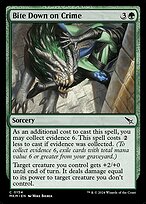
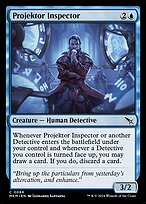
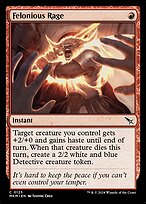
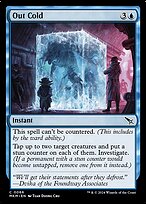
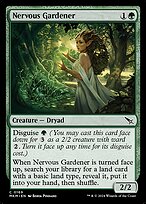
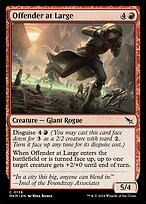
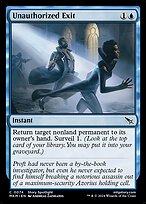
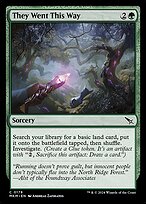
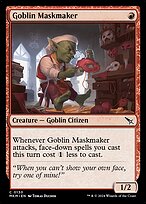
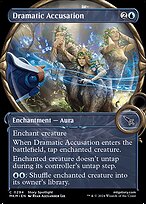
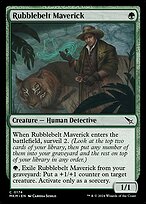
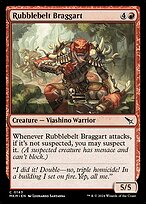
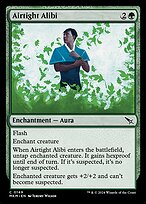
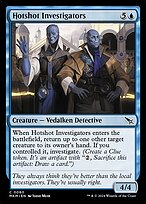
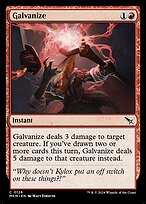
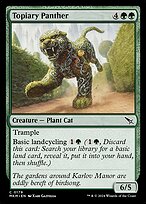

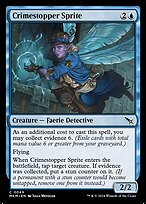
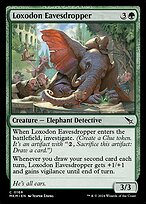
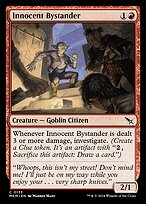
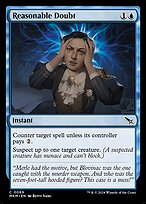
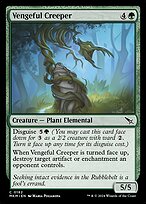
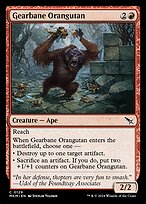


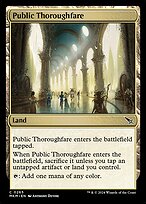





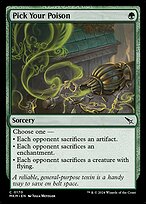


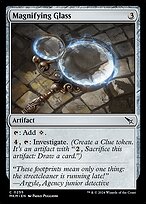
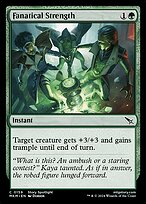
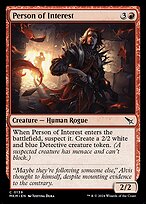
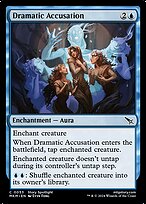

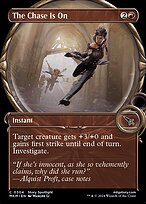
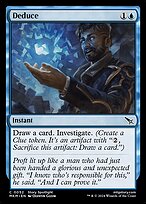
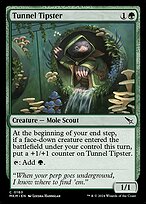
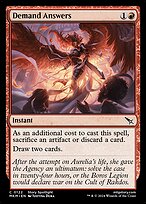
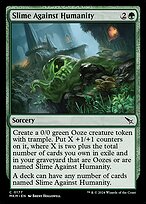
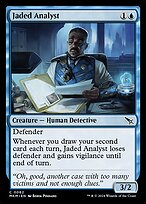
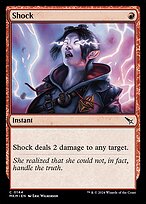

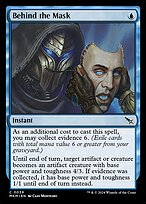
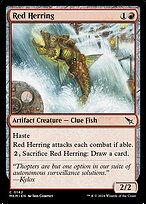
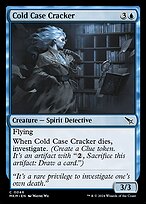

















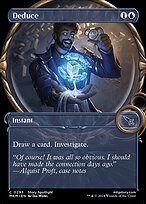













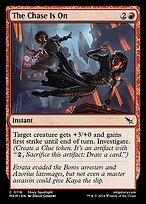








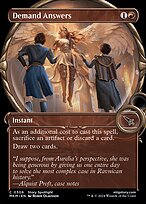


















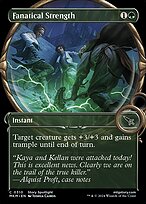

March of the Machine is a premier set with 81 commons, 100 uncommons, 70 rares (10 of which are dual lands with special collation), 10 mythic rares, and three variations of each standard basic land.
Play boosters (newly introduced with this set) contain 14 Magic cards and one additional card which can be an art card, a token, or an ad. Boxes of play boosters have 36 packs.
30 noncreature cards of various rarities have "magnified" showcase treatment (numbered from 287 to 316). 7 rare and mythic cards have a "Ravnica City" treament (numbered from 317 to 323). 12 rare and mythic cards have a borderless treatment (numbered from 324 to 335) including all the rare dual lands and the planeswalker. 41 creature cards of uncommon or higher rarity have a "dossier" showcase treatment (numbered from 336 to 376). There are 10 cards that have an alternate "prism" version wherein an element of the artwork is recolored. These are part of a promotional puzzle. They do not have unique numbers. (I use Scryfall's determination as to which is the normal version and which is the prism version.)
The Japanese printing uses sequential collation probably with 112 card sheets (which is the usual for Japan).
Packs are front-facing starting with the art card or token, then the basic land, then a list or special guest card (if one is present), the guaranteed foil, 1-2 rares, 3-4 uncommons, and 6-8 commons. A foil basic land may appear in place of the normal basic land. There is not a wildcard slot; the wildcard simply appears as part of one of the normal runs (except for perhaps if the bonus card is rare). If a list or special guest card appears, there will be 6-7 commons (7 if the wildcard is a common).
There are three common runs: A, B, and C. A contains 7 distinct cards, B contains 37 distinct cards, and C contains 37 distinct cards. Each pack gets 0 to 1 cards from A followed by 3 to 4 cards from B and 3 to 4 cards from C. These ranges are true for any number of commons (6-8), and all configurations have been observed. The breakdown may depend on the common wildcard rate and the way common collation interacts with the list slot. Cards with showcase versions appear in run B or C with one third of copies being the showcase version.
There are three uncommon runs: A, B, and C. A contains 7 distinct cards, B contains 56 distinct cards, and C contains 37 distinct cards. Each pack gets 0 to 1 cards from A followed by 1 to 2 (almost always 2) from B and 1 to 2 from C. If B was always 2 cards, and also assuming individual cards of each type are equally rare, we could calculate the uncommon wildcard rate exactly as 4/7, so in reality we should expect it is very slightly lower. (I have observed the rate at about 52% over 7 boxes.) Cards with showcase versions appear in run C with one third of copies being the showcase version. Cards with prism versions appear in run B with half of copies being the prism version (except for Kraul Whipcracker which also has a showcase version).
The A common run consists of 7 distinct cards. I haven't fully calculated this run yet. It contains Undercover Crocodelf, the only common with a prism version. It seems the prism version appears half the time.
The B common run consists of 37 distinct cards each appearing three times. For cards with showcase versions, one of the three copies is the showcase version. The choice of first card is mostly arbitrary.
 |  |  |  |  |  |  |  |
 |  |  |  |  |  |  |  |
 |  |  |  |  |  |  |  |
 |  |  |  |  |  |  |  |
 |  |  |  |  |  |  |  |
 |  |  |  |  |  |  |  |
 |  |  |  |  |  |  |  |
 |  |  |  |  |  |  |  |
 |  |  |  |  |  |  |  |
 |  |  |  |  |  |  |  |
 |  |  |  |  |  |  |  |
 |  |  |  |  |  |  |  |
 |  |  |  |  |  |  |  |
 |  |  |  |  |  |  |
The C common run consists of 37 distinct cards each appearing three times. For cards with showcase versions, one of the three copies is the showcase version. The choice of first card is mostly arbitrary.
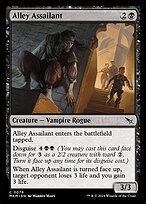 | 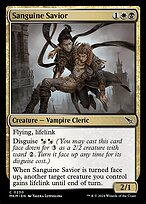 | 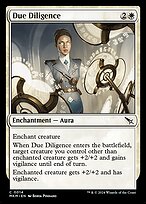 | 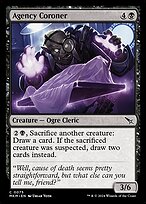 | 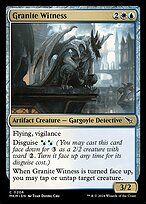 | 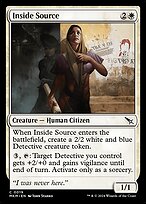 | 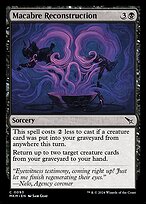 | 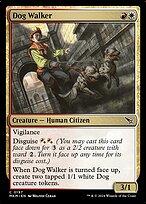 |
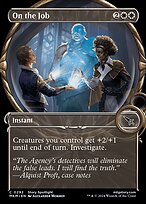 | 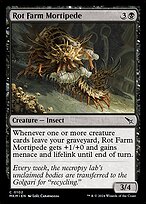 | 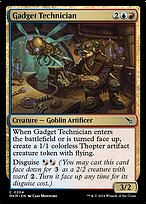 | 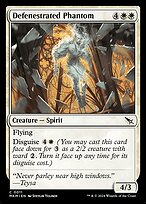 | 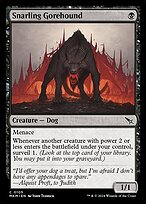 | 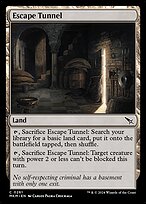 | 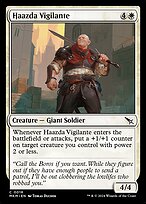 | 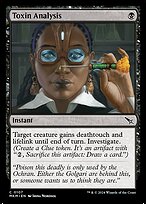 |
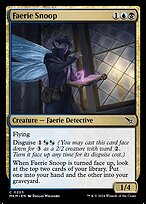 | 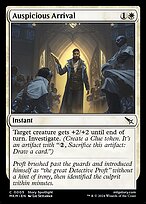 | 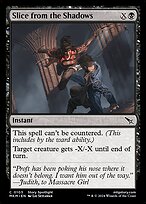 | 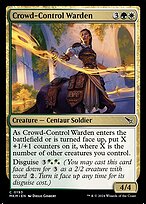 | 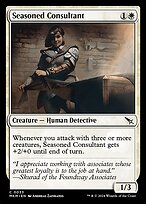 | 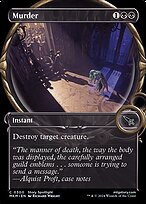 | 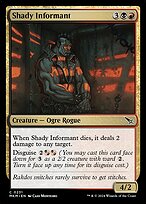 | 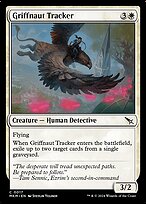 |
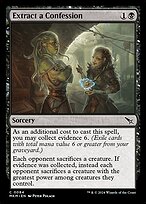 | 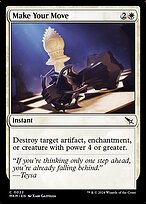 | 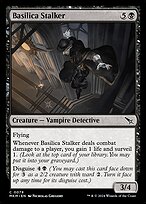 | 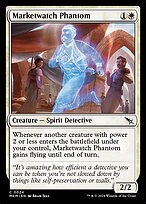 | 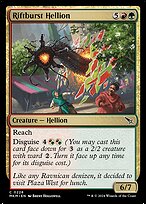 | 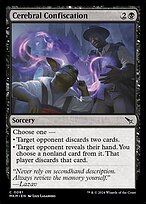 | 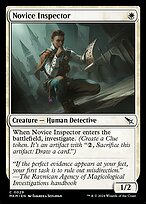 | 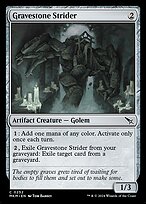 |
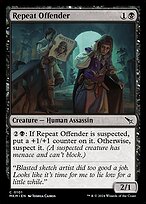 | 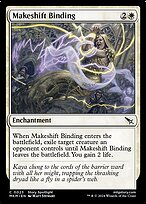 |  |  | 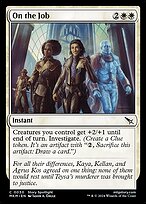 |  |  |  |
 |  |  |  |  |  |  |  |
 | 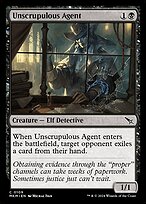 | 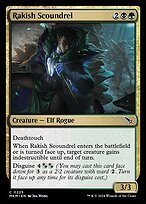 |  |  |  |  |  |
 | 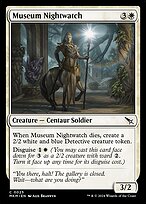 |  |  |  | 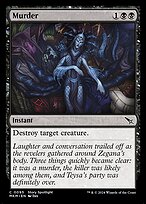 |  |  |
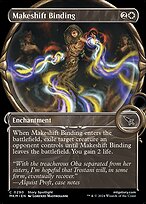 |  |  |  |  |  |  |  |
 |  |  |  |  |  |  |  |
 |  |  | 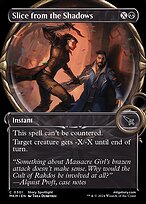 |  |  |  |  |
 |  |  |  |  |  |  |  |
 | 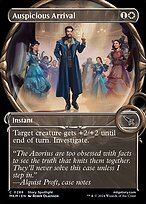 |  |  |  |  |  |  |
 |  |  |  |  |  |  |
The B uncommon run consists of 56 distinct cards each appearing twice. For cards with a prism version, one of the two copies is the prism version. The choice of first card is mostly arbitrary.
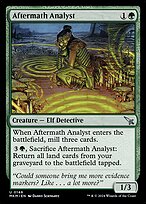 | 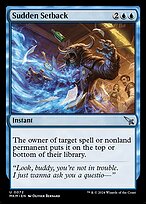 | 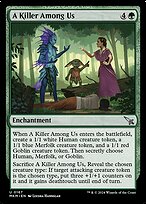 | 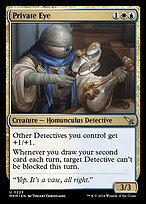 | 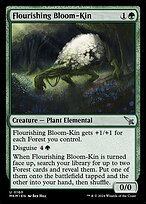 | 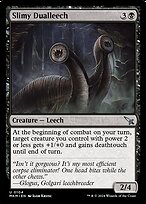 | 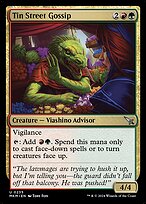 | 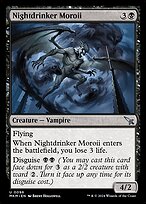 |
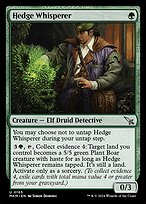 | 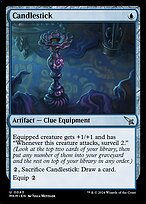 | 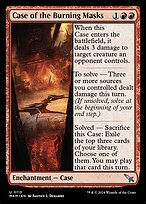 | 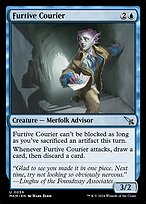 | 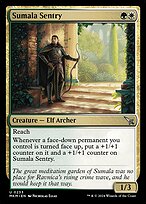 | 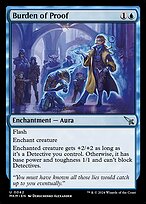 | 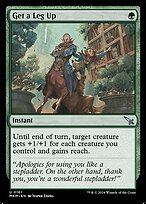 | 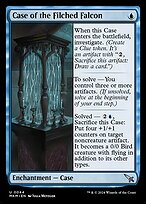 |
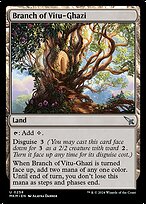 | 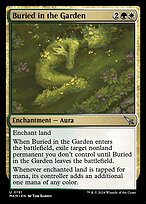 | 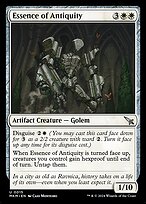 | 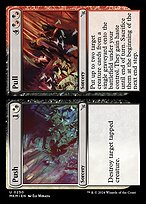 | 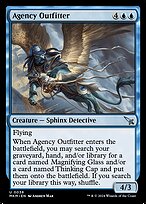 | 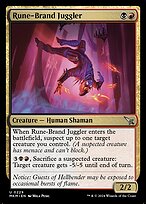 | 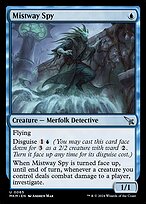 | 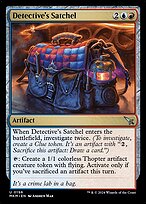 |
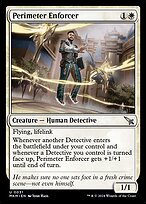 | 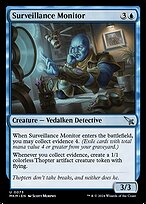 | 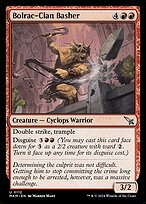 | 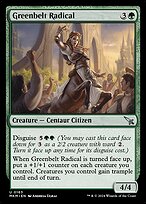 | 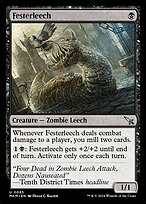 | 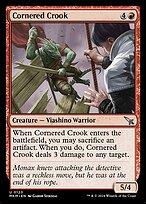 | 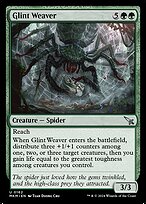 | 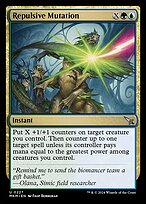 |
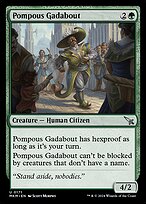 | 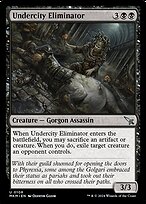 | 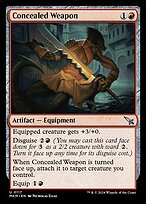 | 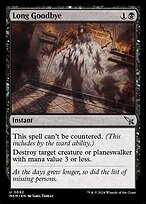 | 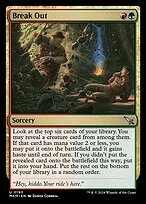 | 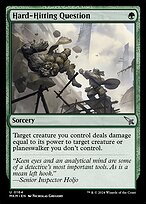 | 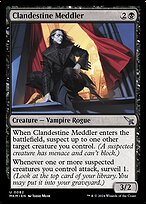 | 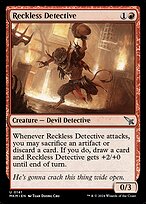 |
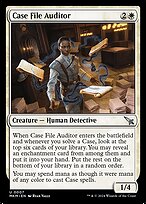 | 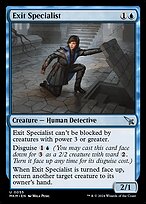 | 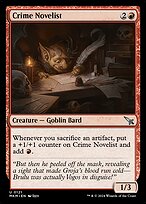 | 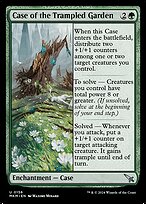 | 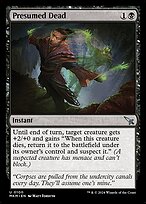 | 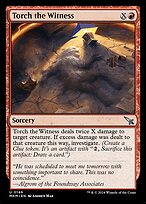 | 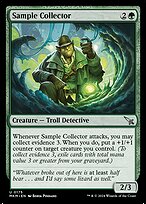 | 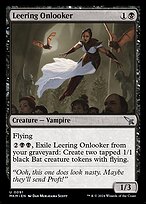 |
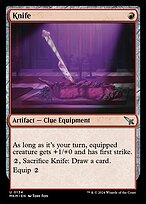 | 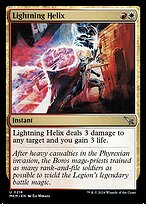 | 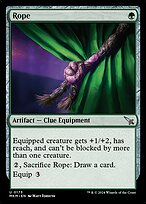 | 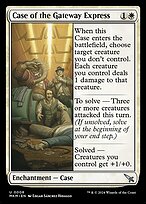 | 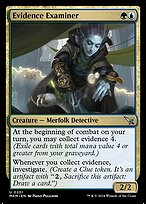 | 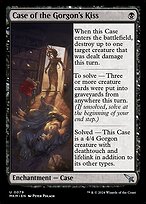 | 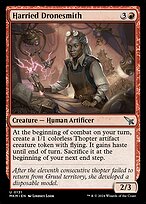 | 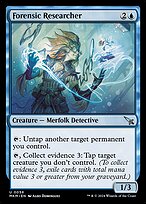 |
 | 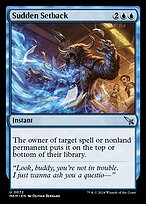 |  |  |  |  |  |  |
 |  |  |  |  |  |  |  |
 |  |  |  |  |  |  |  |
 | 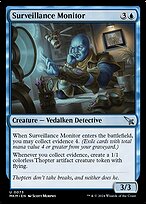 |  |  |  |  |  |  |
 |  |  |  | 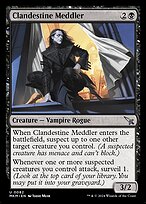 |  | 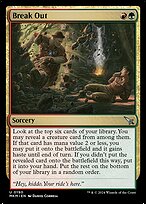 |  |
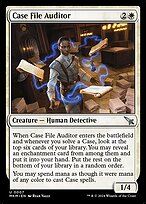 |  |  |  |  | 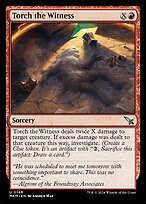 |  |  |
 |  |  |  |  |  | 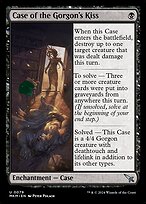 |  |
The C uncommon run consists of 37 distinct cards each appearing three times. For cards with showcase versions, one of the three copies is the showcase version. For Kraul Whipcracker, one of the three copies is the prism version. The choice of first card is mostly arbitrary.
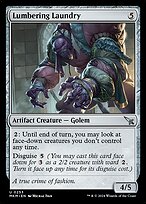 | 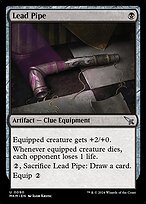 | 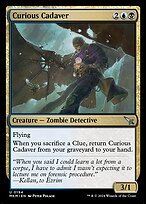 | 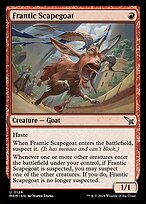 | 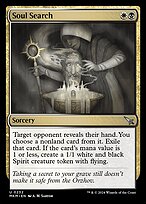 | 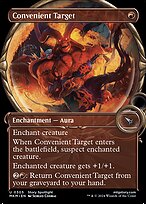 | 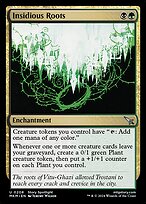 | 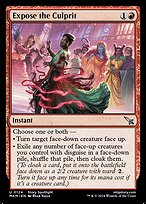 |
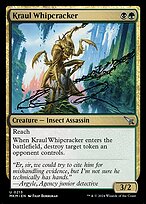 | 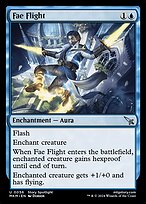 | 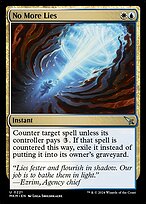 | 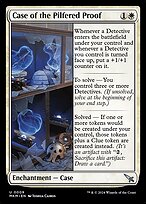 | 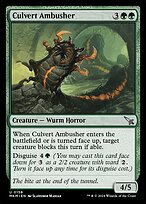 | 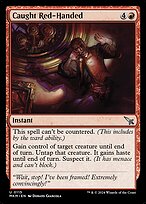 | 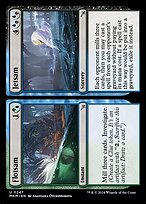 | 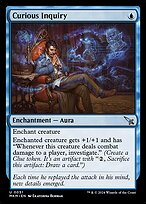 |
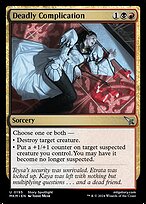 | 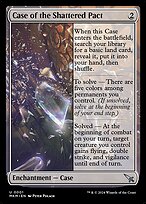 | 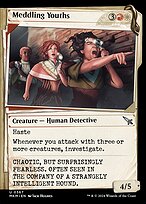 | 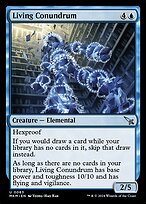 | 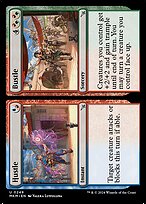 | 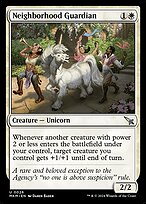 | 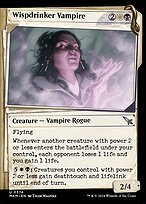 | 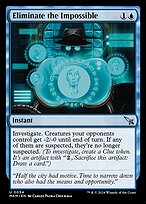 |
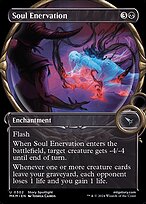 | 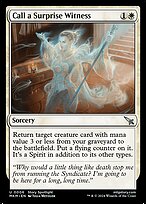 | 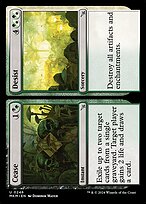 | 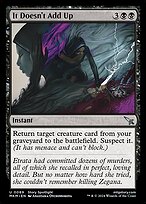 | 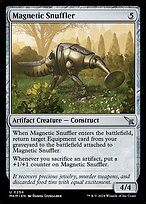 | 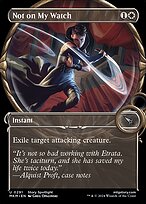 | 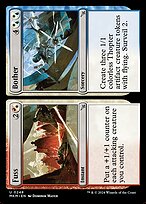 | 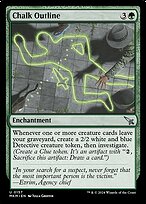 |
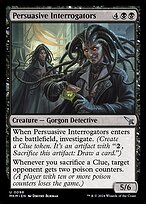 | 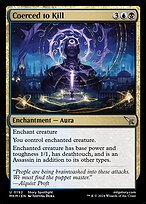 |  | 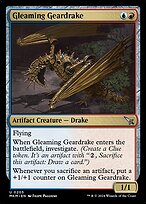 | 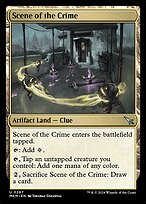 | 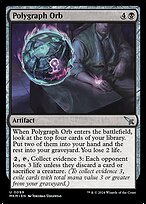 | 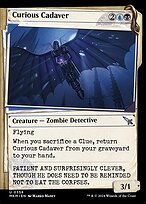 |  |
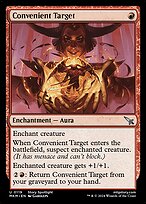 | 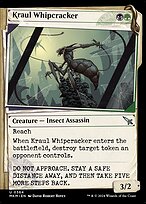 | 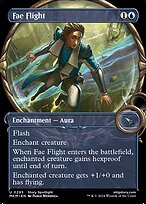 |  |  |  |  | 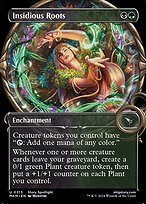 |
 |  |  | 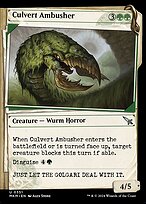 |  | 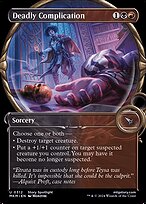 |  |  |
 | 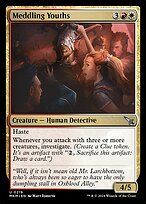 |  |  | 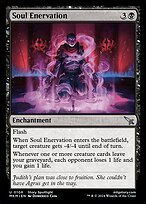 |  | 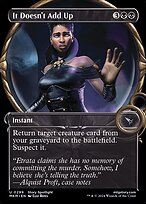 | 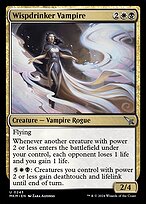 |
 | 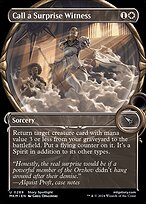 |  | 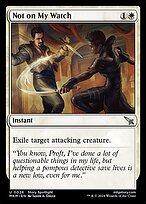 | 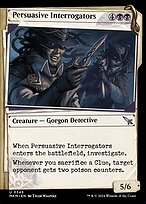 |  |  |  |
 | 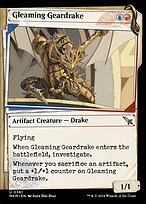 |  |  |  |  | 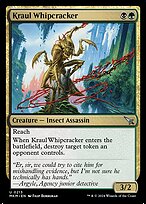 |  |
 | 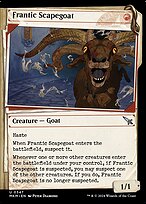 |  | 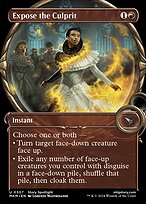 |  |  |  |  |
 |  |  |  |  |  |  |  |
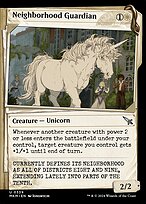 |  |  |  |  |  |  | 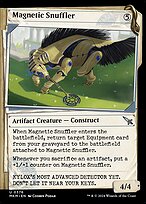 |
 |  |  |  |  | 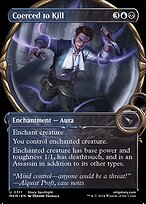 |  |